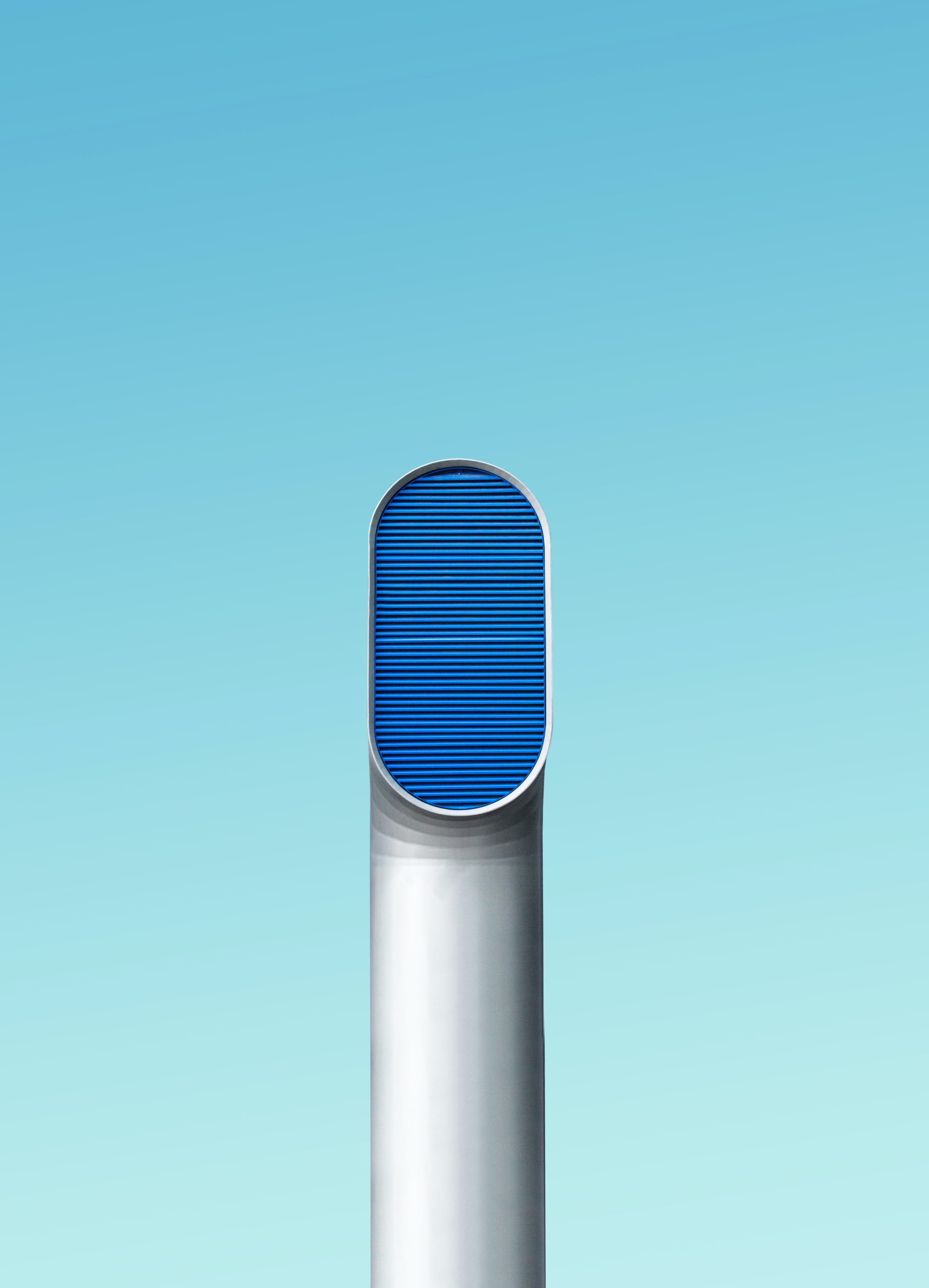Different Types of Furnace Filters and Their Advantages
There are many reasons why you need to prioritize the management of your HVAC system. This management is integral for good indoor air quality. With this being said, one of the easiest parts of your furnace that needs to be managed is replacing your furnace filter. In fact, it’s recommended to change your furnace filter at a minimum, every three months. Due to this important maintenance, you might be wondering what type of furnace filter you’ll need. Keep reading to further understand the type of filter you need and more on the value of maintaining your furnace.
Know the importance of indoor air quality.

Like previously mentioned, furnace management is an important component to achieving good indoor air quality. One of the best ways to achieve this quality of air is by limiting contaminants in the air and keeping up with repairs and maintenance on your HVAC system. Within your furnace, you generally need inspections once a year to ensure your system is working properly.
This is especially valuable as you shift from season to season where you’ll go from needing to use the heat and the air conditioner. Qualified HVAC technicians will look at your system to make sure that yours is working efficiently. Plus, this might save you some money on your next energy bill. This way, you might be able to avoid any costly potential problems before they get worse. In the process of this check-up, you’ll improve your home’s air quality too.
What does a filter do?

Furnace filters are arguably one of the most important things that prevent contaminants from affecting your home’s air. To put it simply, filters trap allergens, dust mites, pet dander, smaller particles, and other airborne particles that are circulating throughout your home that can contribute to harmful breathing conditions like asthma or allergies. If you don’t replace your filter, your HVAC system is at risk for poor airflow, lack of removal of harmful pollutants, and potential damages to your furnace system.
For these reasons, it’s always a smart idea to keeping a fresh, clean filter on hand for replacement. Depending on the size of your HVAC filter and preferred pollutant coverage, you may want some help choosing the right furnace filter for your requests. The correct filter size filter, number of pleats, and efficiency desires are integral elements to figure out buying the right air filter. When in doubt, call a qualified HVAC technician to get an honest recommendation as to what services and replacement filter will be most beneficial to you as a homeowner.
The different varieties of filters.

To further understand these varieties in furnace filters, you need to first choose the right size filter. This replacement filter needs to fit exactly into your furnace, so you must make sure to measure for the right fit so your filter captures contaminants efficiently. Another difference in air filters is the thickness. As the thickness and layers of pleats on the filter increase, so does the ability to filter out allergens, pet dander, viruses, mold, and other pollutants offering major advantages for home air quality.
The MERV rating, or minimum efficiency reporting value, is generally visible on most home air filters indicates the filter’s capability to capture harmful particles. The higher the number on the MERV scale, the higher potential for particle removal. If you have a pet or are susceptible to allergies, then choosing an air filter with a higher MERV rating will remove more contaminants. In return, you may have better protection from particles that wreak havoc on your home’s air quality. So, when it comes time to replace your current air filter, make sure to keep all of these factors in mind for the best filter for your home.
